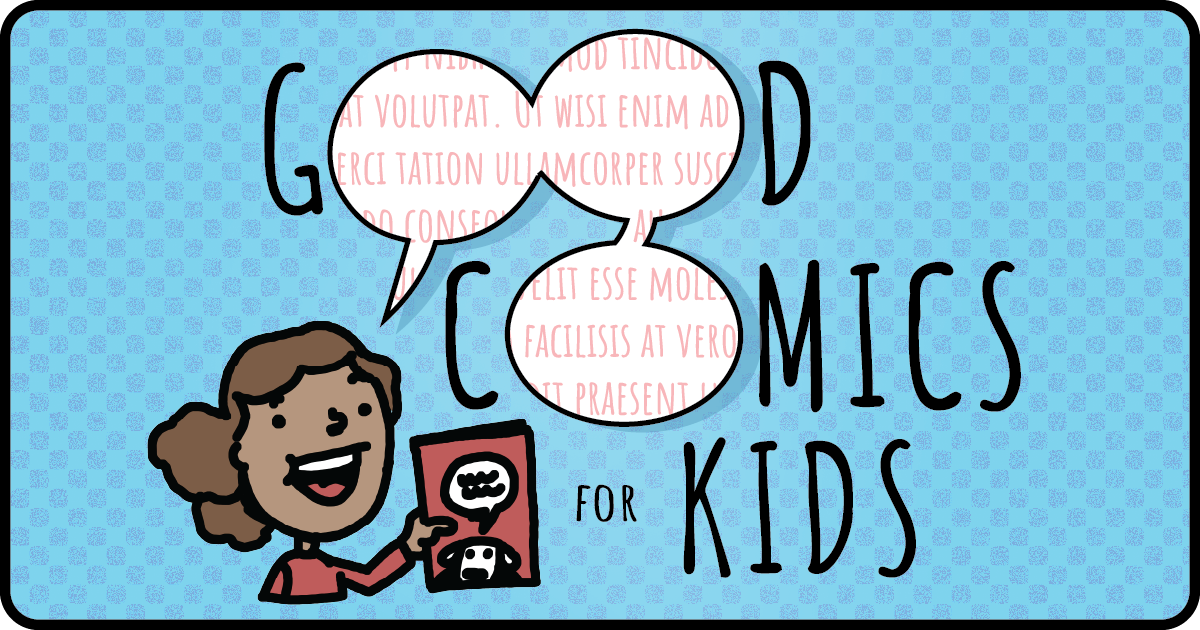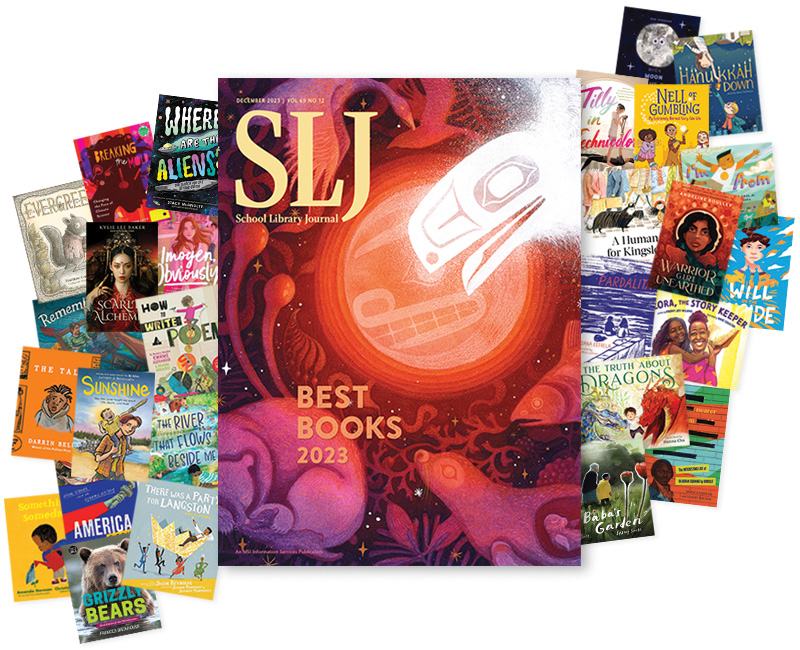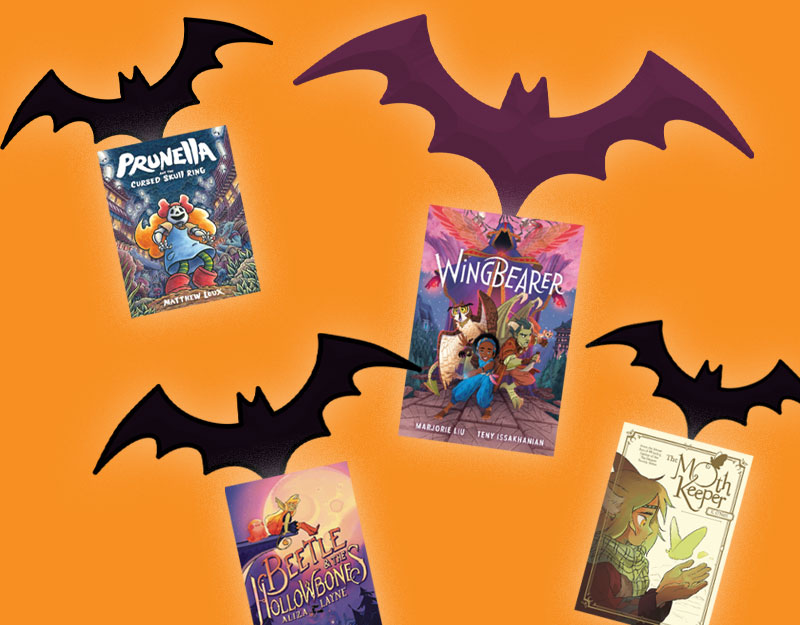Good manga for kids, August 2009
Welcome to the August edition of Good Manga for Kids! The column has been on hiatus for a few months, as most of this summer’s new kid-friendly releases fell into one of two categories: ongoing series that have already been reviewed at Good Comics for Kids (e.g. The Big Adventures of Majoko, Happy Happy Clover, Leave it to PET!) or series with an obvious tie to merchandising (e.g. Pokemon). The fall looks more promising, offering a greater variety of titles for the under-twelve set, with Kat & Mouse and Yotsuba&! returning from hiatus, and new titles debuting from CMX. Be sure to check back in September for the latest releases!
In the meantime, I’m playing a little catch-up with three new-ish titles: ChocoMimi (VIZ), a comedy about two friends who share a passion for fashion; Dragon Ball: The Adventure Begins! (VIZ), an adaptation of Akira Toriyama’s best-selling manga; and The Lapis Lazuli Crown (CMX), a fantasy about a feisty young girl who falls in love with a prince.
ADVERTISEMENT
ADVERTISEMENT
 ChocoMimi, Vol. 1
ChocoMimi, Vol. 1
By Konami Sonoda
Rating: All Ages
VIZ, 2009, ISBN: 978-1-4215-2758-1
186 pp., $7.99
Super-stylish eighth graders Choco and Mimi are polar opposites: Choco is bossy and plays by the rules, while Mimi is absent-minded and impulsive. Their improbable friendship is the subject of this very girly title, VIZ’s first yon-koma, or four-panel, manga for kids. Readers familiar with series like Pokemon and Sugar Princess: Skate to Win may be surprised by the format, as most of ChocoMimi consists of short gag strips, rather than the dynamic, multi-page layouts found in most shonen and shojo series. Thanks to an abundance of jokes about cute pets, exasperated teachers, and ill-advised fashion choices, however, ChocoMimi’s format shouldn’t prove an obstacle to enjoyment, as it reads like a Garfield or Get Fuzzy anthology – albeit one that also includes stickers, recipes, doll patterns, and pin-up drawings of Choco and Mimi accompanied by tips for "how to look sporty" and "how to be a fashion queen."
Though the artwork is button-cute and extremely detailed, there isn’t much substance to ChocoMimi; author Konami Sonoda devotes more attention to drawing hairstyles and au-courant outfits than developing Choco and Mimi’s personalities beyond a few stereotypical traits. Some of the humor is sweet and good-natured, especially the gags involving Mimi’s dog Chiffon, who has an interior life as richly varied as Snoopy’s. Some of the humor is more worrisome, however, as it taps into the zeitgeist’s rather dim assessment of young girls as image-conscious shopaholics who are more interested in clothes and boys than serious pursuits. Sonoda’s descriptions of Choco and Mimi are particularly telling in this regard: she informs readers that Choco “shows a lot of skin” even though “she’s not that hot,” while Mimi, an only child who’s “spoiled rotten,” “gets sillier as the story goes on.” About the best I can say for Choco and Mimi is that they remain loyal to one another, even though they both develop a crush on the same boy; Mimi’s “crazy antics” (to borrow a phrase from the back cover) aren’t mean-spirited, just a little desperate.
Objectionable Content: There are several images of Choco and Mimi in outfits that seem more appropriate for eighteen-year-olds than eighth graders, but the tone and subject matter are strictly PG.
The Bottom Line: Given the unabashedly cute character designs and chatter about boys, clothes, and pop music, ChocoMimi is most likely to appeal to pre-teen girls aged nine to twelve.
 Dragon Ball: The Adventure Begins!
Dragon Ball: The Adventure Begins!
Adapted by Gerard Jones from the manga by Akira Toriyama
Rating: Youth (Ages 7-10)
VIZ, 2009, ISBN: 978-1-4215-2945-5
80 pp., $4.99
Using images and plotlines from Akira Toriyama’s classic manga, the Dragon Ball chapter books offer grade school readers an age-appropriate version of this very popular story. Volume one introduces us to the series’ principal characters: Son Goku, a monkey-tailed boy possessing great strength and agility, and Bulma, a vain, overbearing genius. Goku and Bulma are a classic oil-and-water pairing; he’s a dim but carefree spirit untouched by modern civilization, while she’s an uptight know-it-all who’s a whiz with gizmos. At Bulma’s urging, the two team up to find the Dragon Balls, seven magical orbs that, when owned by a single person, will summon a wish-granting dragon. The first leg of their journey brings them into contact with an evil dinosaur, a land-locked sea turtle, a sword-wielding bear, and a cloud-surfing mystic who plays an instrumental role in helping Goku and Bulma find one of the Dragon Balls.
ADVERTISEMENT
ADVERTISEMENT
Gerard Jones sticks close to Toriyama’s original plot, relating the major events from the first seven chapters of the manga, while toning down the violence and the sexual innuendo. The prose is simple and straightforward, if a little dull; Toriyama’s illustrations of dinosaurs, futuristic motorcycles, and Goku’s antics are considerably more lively than the narrative itself. Though many of the image transfers are crisp, some look grey and fuzzy, while others add little of explanatory or aesthetic value to the story. Still, readers new to this series will be able to grasp the basic plot, familarize themselves with the characters, and get a taste of the goofy jokes and imaginative details that helped make this series a mega-hit on both sides of the Pacific.
Objectionable Content: Readers are treated to a brief glimpse of Goku’s backside while he takes a bath; Goku uses a staff and his fists to pummel opponents.
The Bottom Line: For readers too young to tackle the Dragon Ball manga on their own, the chapter books make a decent introduction to this long-running series. (The manga spans 42 volumes.) The series’ emphasis on martial arts and gadgetry has obvious boy appeal, though Dragon Ball has always been popular with girls as well. Recommended for ages 7-10.
 The Lapis Lazuli Crown, Vol. 1
The Lapis Lazuli Crown, Vol. 1
By Natsuna Kawase
Rating: Everyone (All Ages)
CMX, 2009, ISBN: 978-1-4012-2120-1
192 pp., $9.99
In the kingdom of Savarin, Miel Violette wrestles with an unwanted gift: she can throw heavy objects across a room with a thought, but is unable – and unwilling – to control her power, as she keenly wants a boyfriend and a “normal” (i.e. magic-free) life. Her attitude changes after she accidentally bumps into Savarin’s crown prince, who’s slipped away from the palace to explore the capital city incognito. Radian hires the unsuspecting Miel to be his guide, eventually revealing his identity after spending several adventure-filled hours with her. Before returning to the palace, Radian invites Miel to join him. There’s a catch, however: Radian wants Miel to earn that invitation by training for the Magic Corps, an elite group of sorcerers who answer directly to the prince. Moved by his request, Miel decides to master her super-strength so that they might be together, enrolling in the magic academy that she once pooh-poohed and practicing her skills every time the opportunity presents itself.
Radian may sound like a standard-issue shojo prince, but he’s a fresh and appealing departure from the bad boys and blandly handsome class presidents that usually set manga heroines’ hearts aflutter. Yes, he’s cute, but he’s also smart, funny, and frank about his feelings, making it easy for the reader to understand why Miel falls for him. Miel, too, is a winning character; any girl who’s ever felt singled out for being smart, talented, or athletic will identify with Miel’s desire to be more like her peers, and will root for her to win Radian’s heart. The character designs are a little generic, but the layouts are clean and attractive, making the story easy to follow. Given the abundance of flowery backgrounds and sparkly screentones, however, boys are unlikely to pick up this title — a pity, since the book’s underlying message about being true to yourself is one that all tweens would benefit from hearing.
Objectionable Content: Aside from one character calling another a “jackass,” there’s nothing objectionable about The Lapis Lazuli Crown.
The Bottom Line: This sweet, appealing comedy is most likely to appeal to pre-teen girls who enjoy fantasy stories with strong female characters. Recommended for ages nine to twelve.
Filed under: Manga, Uncategorized
About Katherine Dacey
Katherine Dacey has been reviewing comics since 2006. From 2007 to 2008, she was the Senior Manga Editor at PopCultureShock, a site covering all aspects of the entertainment industry from comics to video games. In 2009, she launched The Manga Critic, where she focuses primarily on Japanese comics and novels in translation. Katherine lives and works in the Greater Boston area, and is a musicologist by training.
ADVERTISEMENT
ADVERTISEMENT
SLJ Blog Network
Happy Poem in Your Pocket Day!
This Q&A is Going Exactly As Planned: A Talk with Tao Nyeu About Her Latest Book
Parsing Religion in Public Schools
Environmental Mystery for Middle Grade Readers, a guest post by Rae Chalmers
ADVERTISEMENT







